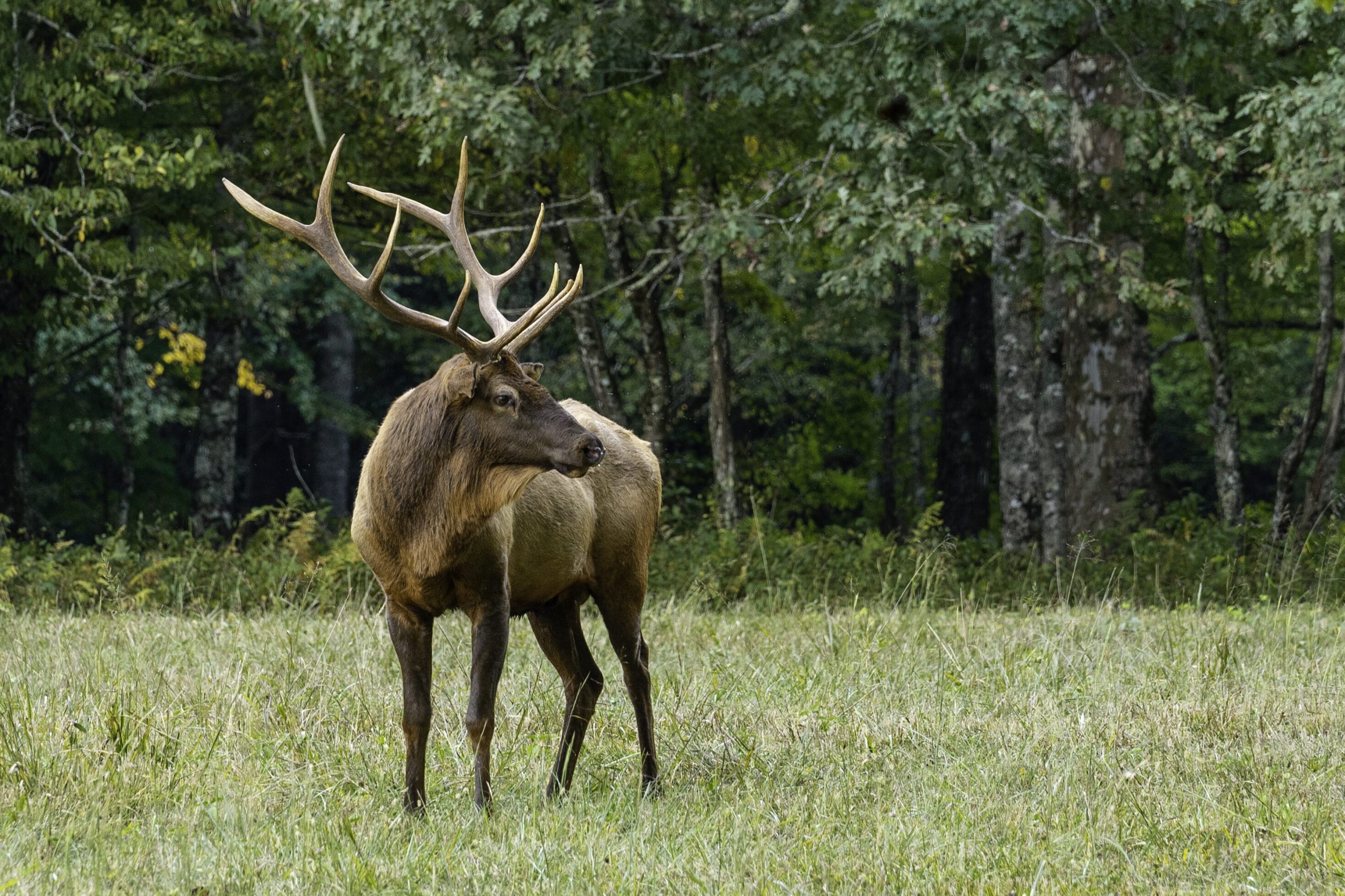What about those deer? Scientist explains

In the past, deer living in Europe and Asia were more genetically diverse; Today, there are mainly two groups in this area – according to research by Dr. Hab. Magdalena Niedziałkowska from the Institute of Mammal Biology of the Polish Academy of Sciences.
An international team led by her analyzed over 500 mitochondrial DNA (mtDNA) sequences, including almost 200 ancient DNA sequences obtained from deer samples from Europe and Asia, dating back to the last 50,000 years, i.e. from the late Pleistocene to modern times.
“It has been shown that in the past there were more clades (groups of organisms derived from a common ancestor – PAP) of deer mtDNA than today. Among them, several intermediate mtDNA variants were detected between the red deer and its sister species – the wapiti deer, currently inhabiting only Asia and North America,” the researcher explained in the information sent to PAP.
She added that based on the obtained molecular data and radiocarbon dates of the analyzed samples, it was calculated that the time of separation of these two species of deer occurred about 400,000 years ago and was 3-4 times younger than the time calculated by other researchers. “Even though scientists do not agree on when exactly the separation of these two species took place, the age calculated by the team of Dr. Hab. Niedziałkowska is consistent with the estimated age of the first red deer remains found in Europe,” it was reported.
From the Urals to Eastern Europe
The conducted research also allowed us to establish that before the period of the Last Glacial Maximum (26-19 thousand years ago), the ranges of red deer and wapiti deer overlapped – both species occurred at the same time in the area from the Urals to Eastern Europe.
“After the Last Glacial Maximum, wapiti deer disappeared from Europe, which was probably related to the warming of the climate in the post-glacial period and the Holocene. Also, one of the red deer clades, occurring in the area from the Urals to present-day southern Poland, probably became extinct at the end of the Pleistocene, because its presence was no longer recorded in the post-glacial period and in the Holocene,” Niedziałkowska pointed out.
She also recalled that the genetic diversity of red deer found in Europe is now well known. She said that currently two genetic clades of mitochondrial DNA (mtDNA) of this species dominate on our continent: clade A, inhabiting large areas of western, central and northern Europe, and clade C, occurring mainly in southern and eastern Europe. The range of the remaining clades B, D and E is limited only to small areas in the southern and eastern parts of the continent
In their analyses, the researchers showed that the range and genetic diversity of the remaining clades, both red deer and wapiti deer, changed in the postglacial period.
For example, with the retreat of the glacier and the first release of ice-covered areas in western and north-western Europe (…), clade A expanded. “Its range before the Last Glacial Maximum covered only western Europe, and now this clade inhabits most of the continent – from Spain in the southwest, to Scandinavia in the north and Belarus in the east,” Niedziałkowska emphasized.
As the researcher indicated, the range of red deer in the post-glacial period and in the Holocene increased almost throughout Europe, with the exception of areas located in the most eastern parts of its range, i.e. after the period of the Last Glacial Maximum, red deer no longer occurred in the Urals, and approximately 5,000 years ago, the population of this species also began to die out in Eastern Europe. Currently, the eastern boundary of the red deer’s continuous range runs through the western part of Russia.
The distribution of wapiti deer also changed in the postglacial period and in the Holocene, and nowadays, probably due to climate warming, the wapiti deer is expanding its range northwards in eastern Siberia.
The research results were published in the “Zoological Journal of the Linnean Society”.





